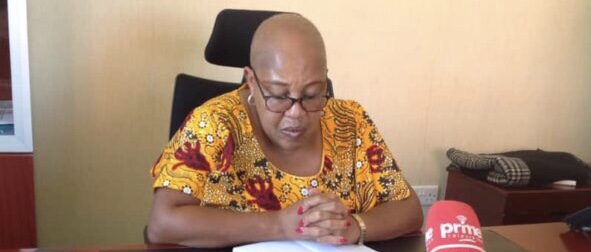A total of 57,411 households have been connected to the main grid across the county under the Electricity Service Access Project (ESAP) being implemented by the Rural Electrification Authority (REA), authorities say.
In 2018, government signed a Financing Agreement with the World Bank for the Implementation of the Electricity Service Access Project (ESAP) with an overall financing of US$36.2million, according to Ministry of Energy Permanent Secretary in charge of Technical Services Himba Cheelo.
Cheelo explained that the Project’s development objective is to increase electricity access in targeted rural areas and help improve the enabling environment for accelerated national electricity access in Zambia.
She said One of the ESAP’s components focuses on financing on-grid connections in rural areas using the approaches under the OBA/Connection Fee Subsidy Programme for low-income households.
Cheelo said SIDA through Global Partnership for Results-Based Approaches (GPRBA) made available $4.5million, while World Bank provided $5million.
“The subsidy programme initially only targeted to achieve an initial target of 23,000 connections over a period of five years. Southern Province had an initial allocation of 3,529 out of a national target of 23,000 connections,” she said.
Cheelo said receiving of applications for people to be connected under the ESAP project closed on June 15, 2022, this is despite the backlog of potential applications exceeding 38,000.
She said due to overwhelming response, however the project has twice been restructured and as of March 14, 2023, a total of 57,411 connections were recorded segregated as 48,776 households and 8,635 across the country.
“Government has set electrification targets at 90 percent for urban and 51 percent for rural areas to be reached by 2030 (Vision 2030).
Despite this commitment from government, the overall access rate remained low at 4.4 percent and 7.4 percent for grid and solar connections,” Cheelo said.
She further said that REA has just concluded the 2023-2026 Strategic plan which seeks to achieve 480,000 connections for low-income households over a period of four years.
“This therefore calls for collaborative efforts from both government and cooperating partners, ” Cheelo said.
She said this on Wednesday when she in the company of REA, the Wolrld Bank officials and Swedish Ambassador to Zambia Johan Hallenborg visited some of the beneficieries in Kalomo District of Southern Province.
During the visit, Swedish Ambassador to Zambia Johan Hallenborg pledged his country’s commitment to supporting Zambia in its policy development of the renewable energy.
Read More: Swedish government pledges to support Zambia’s renewable energy sector
“Sweden takes keen interest in the renewable energy sector in Zambia and has been having several discussions with government on the best way forward of developing the sector,” Hallenborg said.
Kalomo District Commissioner, Joshua Sikaduli, commended REA, World Bank and SIDA through Global Partnership for Results-Based Approaches for implementing the project in the district.
Sikaduli said the project has helped to improve the livelihood of people in Kalomo who now able to engage in economic activities and conduct their various businesses, which they never used to do before it was implemented.
WARNING! All rights reserved. This material, and other digital content on this website, may not be reproduced, published, broadcast, rewritten or redistributed in whole or in part without prior express permission from ZAMBIA MONITOR!












Comments